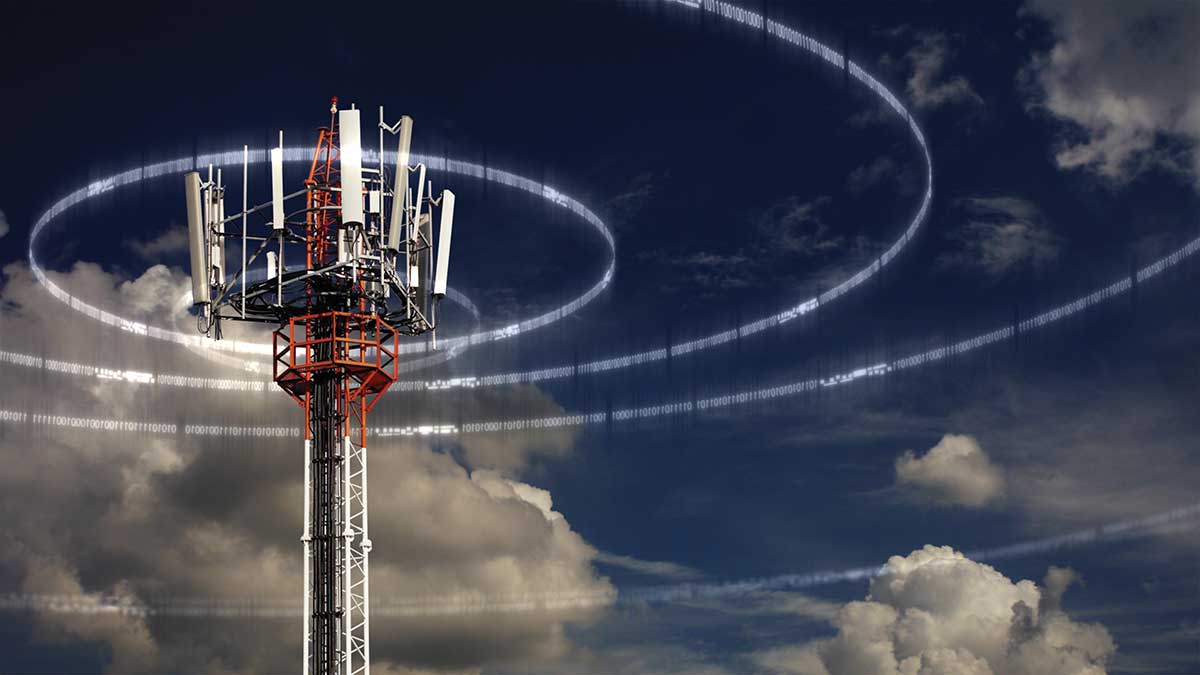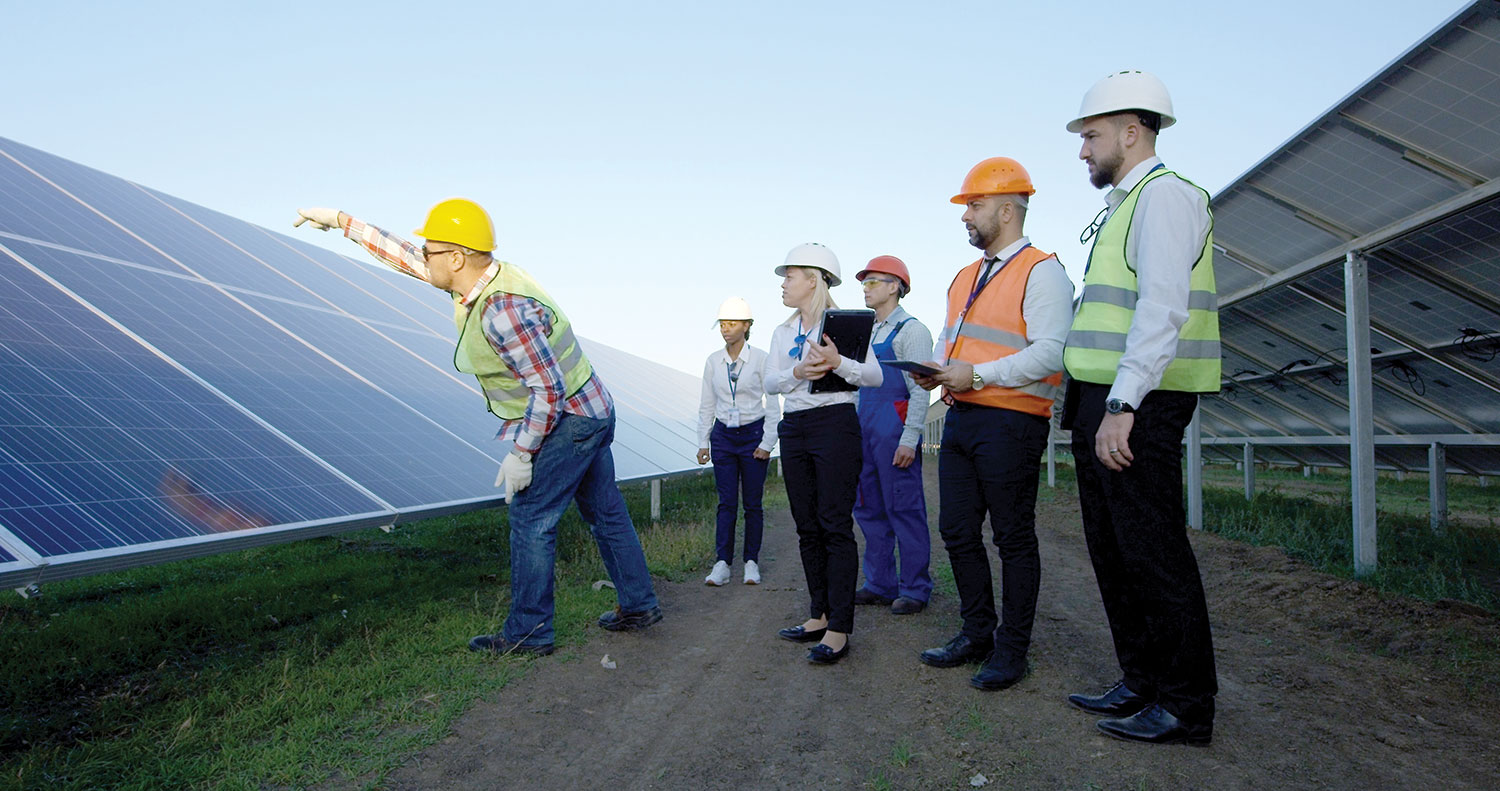In response to the challenges of safely installing 5G antennas on vertical assets in different jurisdictions across the country, the National Electrical Safety Code® (NESC®), published by the IEEE Standards Association, relies on decades of experience and established guidelines to achieve its mandate.
The safety of the public and electrical and telecommunication workers remains the NESC’s fundamental purpose. Clearly, this applies to discerning proper safety guidance on the installation of new wireless antenna technology, which presents significant challenges.
We would like to briefly explain to IAEI Magazine readers how we go about revising the NESC as 5G hits the market. But first, two points need to be addressed.
What is the difference between 4G and 5G technologies and what drives the commercial pressure to deploy the latter?
5G is a wireless communication technology for mobile networking that is faster and has greater capacity than 4G. For example, where 4G technology can support about 4,000 devices per square kilometer, 5G is expected to support 1 million devices per square kilometer. In terms of bandwidth or capacity, 4G offers 200 megabits per second (Mbps), while 5G is designed to deliver greater than 1 Gbps. Where 4G offered average speeds of 25 Mbps, 5G is expected to deliver 200–400 Mbps. 4G latency – the delay between transmission and reception – is about 20–30 milliseconds and 5G is expected to reduce that to less than 10 milliseconds. 5G’s increase in capacity and speed and reduction in latency is expected to support autonomous vehicles and be particularly useful in industrial applications, including smart cities.
And let’s be clear on the respective bailiwicks of the NESC and the National Electrical Code® (NEC®). The NESC addresses the power system from the “utility demarcation” or service point, which in practical terms begins at the power meter or network interface device outside a premise. (Hence the title of this column.) The NEC addresses everything on the other side of the meter, within a premise.
The NESC has to assess how the installation of 5G technologies on vertical assets may present new or different hazards from past situations. The vertical assets that will support 5G antennas are diverse – they can be power poles, buildings, billboards, flag poles, streetlights, and other structures. These vertical assets are owned and/or managed by myriad public and private entities with their own standards, rules, and regulations that apply in their bailiwicks. Yet they base their work on the sound electrical engineering principles and practices published in the NESC.
One of the NESC’s first steps was to make an engineering review of the nation’s inventory of vertical assets to determine which can safely accommodate 5G antennae. This review touches on loading and clearance criteria and other measures that affect worker safety as well as the integrity of the utility grid. With these variables in mind, the engineering review sought to find consistency in what is allowed, and what is required, that could form the basis for fundamental safety guidance. Because the owners and managers of vertical assets are often ill-equipped for such a review, the NESC, in collaboration with the IEEE Standards Association, is a good fit for this role.
In this engineering review, the hundreds of volunteers and interested parties that work on the NESC and IEEE SA Committees have to understand where an antenna is going to be positioned, which depends on the network’s radio frequency (RF) design. What frequency will the antenna operate on? What sort of “shadowing” by nearby structures can interfere with the signals? In past iterations, wireless antennae ran on 2–3 watts of power. Now the industry is starting to push towards higher wattage antennas, which could create real issues for worker safety in terms of electromagnetic radiation and actual heat.
So we looked for consistency in measures. One example is the height of the disconnect switch on vertical assets and a safe, consistent height for it. We determined this height to be 11 feet – high enough to be out of reach for a pedestrian bent on mischief, but low enough for a worker climbing that asset to activate before they approach any antennae. When a worker ascends a vertical asset, he/she can use the disconnect switch to turn off the attached antennae, so they’re safe from an RF perspective.
As for placement, it became clear that 5G antennas can be mounted anywhere on these assets depending on the jurisdiction. So the answers to questions on safety can be complex and multifaceted depending on the system being deployed. Again, we looked for consistency to support our revised guidance.
The reassuring aspect to our analysis is that the NESC can build on decades of experience, new data, and existing guidance that has worked well to this point. The concept of minimum approach distances (MAD) for workers is well known and widely heeded. Clearances needed between the attached equipment on a vertical asset are well documented. Loading and the “sail effect” in windy conditions is well understood. In many ways, nothing has changed. A new piece of technology is getting installed on these vertical assets, as in the past.
Yet we still have many questions to answer in the process of offering revised guidance. How do we protect the public and workers during installations? Are the installations engineered and physically sound to withstand the rigor of being outside? How do we keep everyone, including first responders, safe if an asset fails or topples? Reaching the answers to these questions has involved a lot of intricate discussions among diverse stakeholders. After all, as the speed of technology innovation overtakes the five-year revision cycle for the NESC, we have a moving target on our hands.
The strength of the NESC revision process lies in its openness and transparency. Anyone who sees a gap in this safety guidance is encouraged to submit a well-documented change proposal for consideration. The NESC reviews these proposals and offers the most credible for public comment. NESC subcommittees then analyze public comments and recommend draft revisions. The NESC’s main committee then votes to make needed revisions official. For the upcoming 2022 NESC, public comments are now closed (March 2, 2020), and subcommittee analysis is scheduled for this fall. Voting on official revisions should occur in early 2021. The revised NESC will be published in August 2021, and effective in February 2022.
The next code revision will be effective in February 2027. Who knows what technology may emerge between now and then? We do know that the NESC revision process has proven resilient and effective over time, as we have demonstrated in consistently meeting the challenges posed by new technologies, including the advent of 5G.











Find Us on Socials